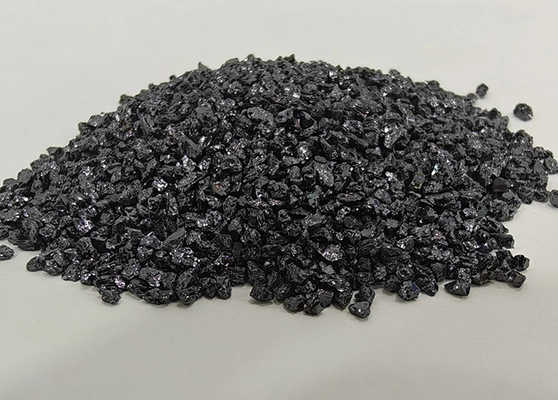Quick Answer
Aluminium oxide (Al₂O₃) is a common industrial material widely used in chemical, ceramic, and metal applications. Calcined alumina is produced by high-temperature calcination of aluminium hydroxide or aluminium oxide, resulting in higher purity, larger particle size, greater hardness, and improved thermal stability. While aluminium oxide serves as a basic raw material, calcined alumina is a high-performance material used in electronics, refractory, and abrasive applications.
Definition of aluminium oxide alumina and Calcined Alumina
Aluminium Oxide (Al₂O₃): Also known as alumina, it is a white powder or crystalline substance derived from bauxite or industrial aluminium hydroxide. It is widely used as a raw material for chemical processing, ceramics, and aluminium production.
Calcined Alumina: Calcined alumina is produced by heating aluminium hydroxide or industrial aluminium oxide at high temperatures (typically 1100–1450°C). This process transforms the material into alpha-alumina (α-Al₂O₃), which has a highly stable crystal structure, superior hardness, and thermal resistance, suitable for advanced industrial applications.
Production Methods
Aluminium Oxide: Typically prepared from bauxite or industrial aluminium hydroxide via simple chemical processes. The production involves dissolving the raw material, precipitating aluminium hydroxide, and drying it into powder. The process is relatively straightforward and cost-effective.
Calcined Alumina: Produced by calcining aluminium hydroxide or aluminium oxide at high temperatures ranging from 1100°C to 1450°C. This high-temperature treatment results in a denser, more crystalline structure (α-Al₂O₃), giving the material enhanced hardness, chemical stability, and thermal resistance. The production process is more complex and energy-intensive, leading to higher manufacturing costs.
Physical and Chemical Properties
- Aluminium Oxide: Fine, white powder; softer texture; high specific surface area.
- Calcined Alumina: Larger particles; hard and dense; lower specific surface area; higher hardness, strength, and high-temperature resistance.
- Chemical Composition: Both are Al₂O₃, but calcined alumina has a more stable crystal structure and higher chemical stability.
Applications
Aluminium oxide and calcined alumina have distinct application areas due to differences in their properties:
- Aluminium Oxide: Used in chemical industries, ceramics, and primary aluminium production.
- Calcined Alumina: Applied in high-performance fields such as electronics, refractory materials, abrasive products, polishing powders, and high-temperature insulation.
Key Differences Between Aluminium Oxide and Calcined Alumina
| Aspect | Aluminium Oxide | Calcined Alumina |
|---|---|---|
| Preparation Method | Simple chemical reaction from bauxite or aluminium hydroxide | High-temperature calcination (1100–1450°C) from aluminium hydroxide/oxide |
| Particle Size & Physical Texture | Small, fine powder; soft; high surface area | Larger, dense particles; hard; low surface area; high strength and temperature resistance |
| Chemical Stability | Moderate | High, due to α-Al₂O₃ crystal structure |
| Applications | Chemical, ceramics, aluminium production | Electronics, abrasives, refractories, polishing materials |
| Cost | Lower | Higher, due to complex calcination process |
Advantages & Disadvantages
- Advantages of Calcined Alumina: High hardness, thermal stability, chemical stability, suitable for advanced applications.
- Disadvantages: Higher cost; more energy-intensive production; handling requires care to maintain quality.
FAQ
Q1: Can aluminium oxide be used instead of calcined alumina?
A: For general ceramics or chemical uses, yes. But for high-performance applications such as abrasives or electronics, calcined alumina is preferred due to superior hardness and stability.
Q2: What is the main advantage of calcined alumina over aluminium oxide?
A: The main advantage is higher hardness, thermal stability, and chemical stability, making it suitable for demanding industrial applications.
Q3: How does particle size affect performance?
A: Larger, denser particles of calcined alumina provide better abrasion resistance and thermal stability, while smaller aluminium oxide particles are easier to process but less durable.
Conclusion
Aluminium oxide is a basic raw material with wide industrial use, while calcined alumina is an upgraded, high-performance form achieved through high-temperature treatment. Its superior hardness, thermal and chemical stability, and enhanced physical properties make it indispensable in electronics, refractories, abrasives, and polishing applications. Understanding the differences between the two helps industries select the appropriate material for their specific needs.
